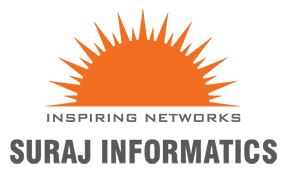WHY IS RFID TRACKING USED?
RFID Discovery can trace the location of mobile medical devices with extreme accuracy, saving staff time spent looking for equipment.
Improve asset visibility and utilisation while lowering capital costs and time spent locating assets.
In addition, RFID tracking systems are frequently used in manufacturing to track and trace components and supplies as they are received and proceed through the manufacturing process to become deliverable commodities.
Why is RFID tracking used?
The healthcare industry loses huge sums each year leading to the decrease and underuse of productive assets.
It’s difficult to maintain track of equipment at acute hospitals, which are often enormous multi-floored complexes with over 10,000 assets, with employees spending hours and miles searching for underutilised gadgets or out of service equipment.
Improving visibility of the location of critical equipment can have a significant impact on operating efficiency.
Advantages
• Maintain the proper record of where healthcare assets are located.
• Asset management database is completely assimilated.
• Instead of taking hours to update inventory records, it only takes minutes.
• Improved contractor management
• Increased maintenance inspection rates improved patient safety.
• Increased return on assets means lower capital expenditures.
What is the process of asset tracking?
- The system – Each high-value medical device is supplied with an active RFID tag that broadcasts its unique ID at preset intervals for accurate position tracking using RFiD Discovery.
- GS1 Compliance – Passive RFID tags with GS1 barcodes can also be used to maintain track of all medical assets, including those of lower value. RFID Discovery passive tags are GS1-compliant and can be used to replace traditional asset labels.
- Location Data – Signals from active and passive RFID tags are picked up using a mobile reader, a network of fixed readers, or a combination of the two. Mobile readers can be either a hand-held PDA system with an RF reader or the RFID Discovery cart, which is specially equipped.
Obtaining Information
The mobile reader searches for equipment while the medical engineer moves throughout the hospital with the RFID Discovery cart or a hand-held PDA. When it receives a transmission from any tagged device, it records the date, time, and location with a read range of up to 20 metres.
With the trolley, passive UHF tag read ranges are often up to 11m. This information can be sent directly to the main database via a local wireless network or a hardwired connection to a local workstation. A web-based application allows a user to query a central database to find an asset’s most recent known position or to generate a history report that shows where an asset has been over a specific period of time.
With the trolley, passive UHF tag read ranges are often up to 11m. This information can be sent directly to the main database via a local wireless network or a hardwired connection to a local workstation. A web-based application allows a user to query a central database to find an asset’s most recent known position or to generate a history report that shows where an asset has been over a specific period of time.
In manufacturing, RFID tracking systems are commonly used to track and trace components and supplies as they are received and proceed through the manufacturing process to become deliverable commodities.
